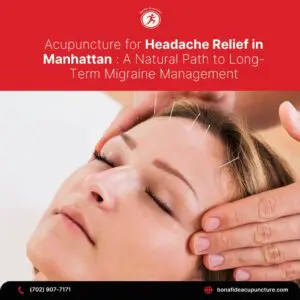These times are requiring new and different ways of working with our patients. Many acupuncturists are seeking ways of continuing patient care that support our national effort towards physical distancing. This has put Traditional Chinese Herbal Medicine (TCM/ East Asian Medicine) into the spotlight. It is important to remember that, generally, Chinese herbal medicine is applied based on sequential diagnoses of symptom/sign complexes that change throughout the course of an illness. This is the foundation of pattern-based care. Be cautious about “silver bullet” formulas and promises of cure with single formula strategies.
We cannot claim to treat the disease COVID-19 and, anecdotally, this has resulted in cease and desist letters for claims that exceed the known science.
The ASA reminds all acupuncturists and herbalists that they must obey all national, state, and local laws.
It is a significant advantage to have knowledge of formulas and herbs that have been used in other countries treating patients with symptoms of COVID-19. We must all remember, TCM does not have a diagnosis of a COVID-19 infection. TCM diagnosis requires, at its heart, differentiation of the pattern in the context of the patient’s current constitution in order to determine the appropriate, safe and effective herbal formula for the individual. We urge everyone to continue to practice in the safest and most effective way for your patients and stay true to this format when prescribing to your patients. This will not only help our profession to demonstrate the exceptional usefulness, uniqueness, and safety of a traditional approach to patient care, but also ensures we are always putting the individual needs of the patient first.
Selling or providing herbal medicines without a proper TCM pattern differentiation is inappropriate, and may make the practitioner legally subject to different regulatory standards.
Additional things to remember when prescribing and compounding herbal medicine:
Documentation:
“If you did not document it, it did not happen.”
Patient’s name, date, DOB, comorbidities, and TCM pattern
Diagnostic information: tongue, pulse (if available), vital signs (if available), temperature
Symptoms: shortness of breath, hot or cold, cough, urine and bowel status, etc.
Current medications: including prescriptions, over the counter products, herbs, and supplements
Known allergies
Documenting herbal medicines must include:
Ingredients, dosage, lot number, date prescribed
Treatment strategy (e.g. clear heat, resolve damp-phlegm in the lung, course Qi…)
Labeling Requirements for Herbal Medicines:
When compounding or dispensing by you or a supplier (non-patent formulas):
Patient’s name
Herbal prescription name
Dosage form and strength
Preparation date and dispensing date (if different)
Control number or lot number
Assigned beyond use date/ expiration date if relevant
Name and address of the practitioner
What it’s used for – We DO NOT treat disease, this should be labeled for the symptom (e.g. clear heat, resolve damp-phlegm in the lung, course Qi…)
*These are from the guidance document: Best TCHM Compounding and Dispensing Practices prepared by AHPA 2017
BE CAUTIOUSLY OPTIMISTIC
This is absolutely an opportunity to learn about how Chinese medicine can be of help in this crisis, but please be very cautious to not overstate the evidence base. Physicians in China are still working to learn more about the best approaches, so it is far too early to make strong assertions of efficacy. Be aware as well:
The data we have on herbal efficacy is preliminary, and not up to the standards of evidence-based medicine. Herbs may certainly be helpful, but exactly which ones and how much and for what presentations/pattern permutations is not well defined. Based on the available data, as noted above, making health claims for herbal treatments at this time would violate FDA rules, and would be viewed negatively by health authorities.


